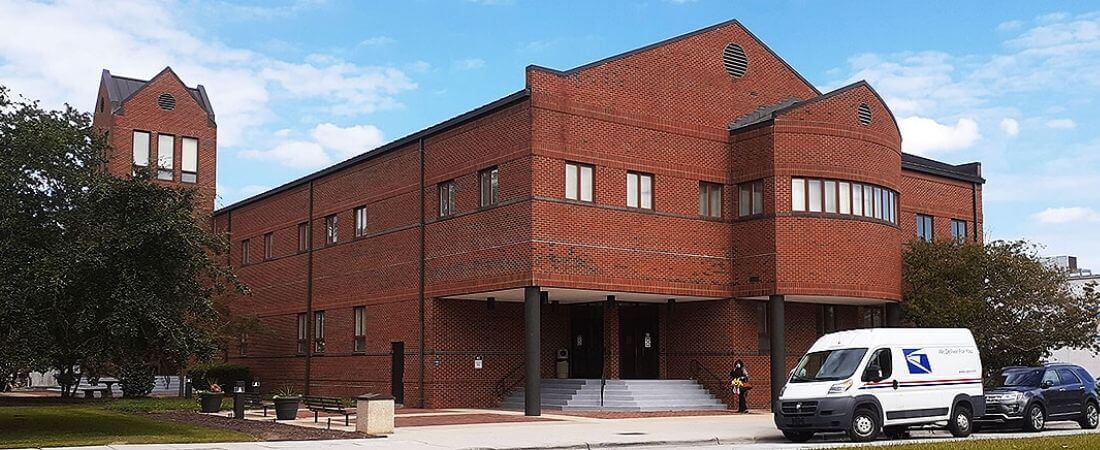
The day after the May 17 primary, the State Board of Elections will randomly select precincts, early voting sites, and absentee-by-mail ballots to be counted by hand in each county to confirm accuracy of the results counted by machine.
The random selection of precincts to be audited in each county will take place at 11:00 a.m. Wednesday, May 18. The public is invited to attend the random drawing in the Board Room, State Board of Elections office, Third Floor, Dobbs Building, 430 N. Salisbury St., Raleigh. Facemasks are required to enter the State Board of Elections office.
The selection will be broadcast via Facebook Live on the State Board of Elections’ Facebook page.
Under North Carolina law, all ballots are counted by certified and tested machines.
The sample audit count, also required by state law, helps ensure the reliability of election results tabulated by a machine. Bipartisan teams at each county board of elections conduct hand-to-eye counts of all ballots in the randomly selected precincts and compare the results with the results of the machine counts. The process verifies the accuracy of the machine counts.
Wednesday’s event will entail multiple steps:
- Ten 10-sided dice are rolled sequentially to determine a 10-digit seed number. The seed number method is used to initialize the random number generator in a way that can be replicated by any member of the public who wishes to do so.
- The seed number is input into a software program, along with the input file (which contains a list of Election Day precincts, one-stop early voting sites, and all absentee-by-mail ballots for each county).
- The software program is run using the seed number, the input file, and the code to generate a random sample of two of the following from each county: Election Day precinct(s), early voting site(s), and absentee-by-mail ballots (considered a single administrative voting site since these are tabulated at the board of elections), or a combination.
- After being generated, the list of random precincts is posted to our website and is provided to the county boards of elections.
For transparency, any member of the public can produce the same output using the seed number, the input file, and the free software.
- Instructions for installing the software, as well as the code itself, are available here.
- The input file will be available here.
- The output file (i.e., the resulting randomly selected precincts for each county to audit) will also be available here.
The State Board office conducts a series of additional post-election audits and, where necessary, investigations, to ensure the reliability of election results.
For more information on election security and audits, visit Post-Election Procedures and Audits.

